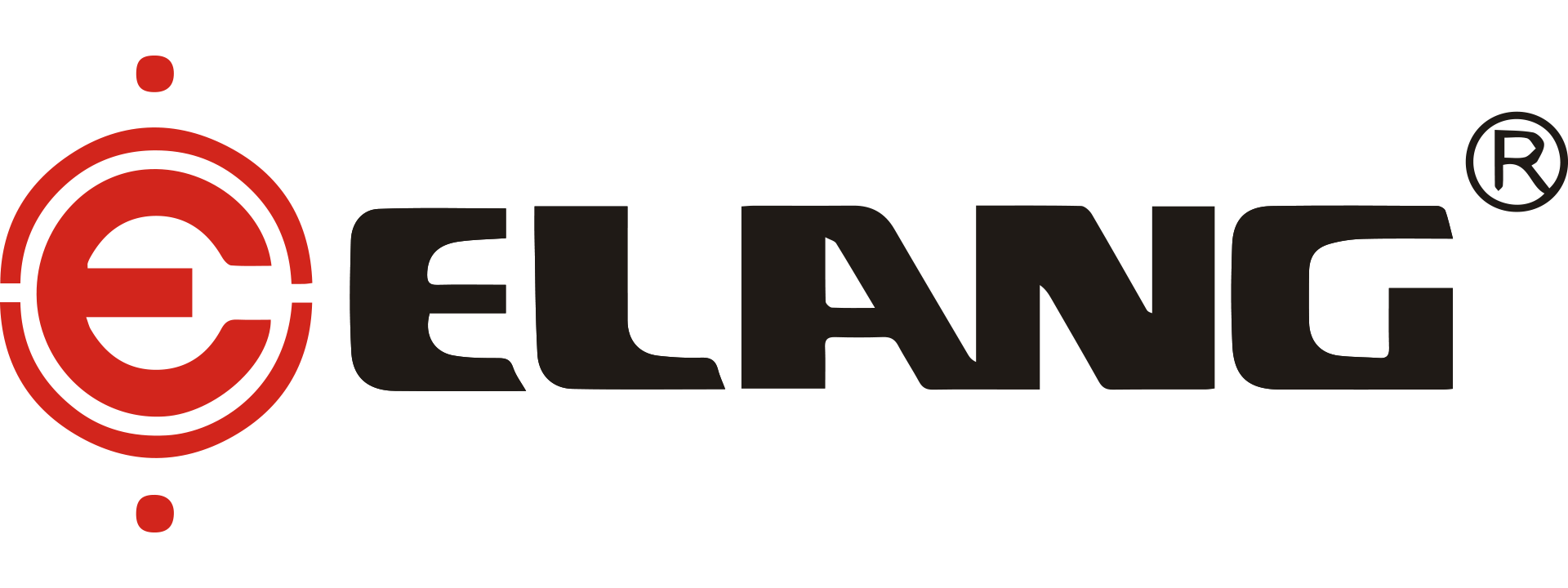Serch the Knowledge Base
30. What are The Differences between Direct Drive and Belt Drive in Compressor?
- Efficiency.
The excellent direct drive efficiency can reach 98%~99%, and the excellent belt drive design can also reach 9% efficiency under normal working conditions. The difference between the two does not depend on the choice of transmission mode, but on the design and manufacturing level of the manufacturer. - No-load energy consumption.
2.1. For the direct drive method, the unloaded pressure is generally maintained above 2.5 bar (1 bar = 105 Pa), and in some cases, it can even go up to 4 bar to ensure proper lubrication of the variable speed gearbox.
2.2. For the belt drive method, theoretically, the unloaded pressure can be zero, as the oil drawn in by the rotor is sufficient to lubricate the rotor and bearings. However, for safety reasons, the pressure is usually maintained around 0.5 bar.
2.3. For the direct drive method, in case of oil loss, the variable speed gearbox would be the first to be affected. In contrast, the belt drive system completely avoids this safety concern.
2.4. Damaged motor or rotor bearings. For direct-drive air compressors, when the motor or rotor bearing is damaged, it will often affect the important components connected and cause direct and indirect double damage. This is not the case for belt drive air compressors.
2.5. The pressure adjustment of an installed air compressor can sometimes be necessary due to changes in user production process conditions. The originally purchased design pressure of the air compressor might be too high or too low and might need to be modified. However, for gear-driven air compressors, this task can be quite challenging and expensive. On the other hand, for belt-driven air compressors, it is a straightforward process, requiring only the replacement of pulleys.
2.6. Install new bearings. When the rotor bearing needs to be replaced, for the air compressor with direct drive, the gearbox and the gearbox main shaft bearing need to be overhauled at the same time, and the cost is relatively high. For belt drive air compressors, there is no such problem.
2.7. Equipment maintenance. Any screw air compressor uses an annular shaft seal, which needs to be replaced after a certain lifespan. For direct-drive air compressors, the motor coupling must be separated before access to the shaft seal, which makes this work time-consuming and laborious, thereby increasing maintenance costs. For belt drive air compressors, it is much easier to just remove the pulley first. However, the belt-driven air compressor is prone to belt wear during operation, and the belt needs to be replaced irregularly, which increases the workload of maintenance and repair.
2.8. Structural noise is a concern in air compressors. In the case of a direct drive air compressor, due to the rigid connection between the electric motor and the rotor, the vibration of the compression chamber rotor can transfer to the gearbox and the electric motor bearings. This not only increases wear on the electric motor bearings but also contributes to higher machine noise levels.
